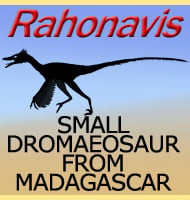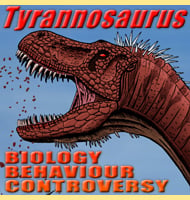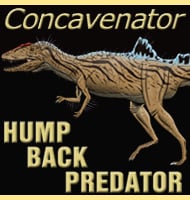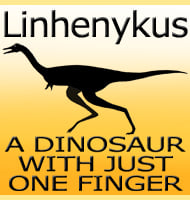Labocania
In Depth The few scant fragmentary remains of Labocania make it very difficult to classify, but analysis of the post cranial elements suggest that it was a tyrannosaurid. What parts of the skull which are known are more robust however suggesting that Labocania had a differently shaped skull. It is easy to see why Labocania … Read more




